An imposing mountain relief, the main one in the Maremma, Monte Amiata rises about 35 km from Saturnia and its spa.
Mount Amiata, at 1738 meters above sea level, is a mountainous relief of volcanic origin, an origin furthermore demonstrated by the presence of a very thin dark colored earth and lava rocks with particular shapes, beautiful beech and chestnut woods and the natural paths that lead from the valleys to the summit, discovering the Cross of the Madonna degli Scouts and a breathtaking view over the entire Tuscan Maremma.
Monte Amiata rises on the border between the province of Grosseto and that of Siena, guarding numerous villages and villages rich in history and art, culture and history.
– Castell’Azzara, is the highest of the Grosseto municipalities, at 815 meters above sea level. The village, originally medieval, today hosts interesting monuments and historical buildings, in particular the Church of San Nicola di Bari, built in 1276, the Church of the Madonna del Rosario, built between 1525 and 1550, inside it houses a beautiful canvas of 1576 by Alessandro Sforza, and the Rocca, certainly before 1366.
– Castel del Piano, on the western side of Monte Amiata, Castel del Piano is one of the most beautiful and particular villages. The village dates back to the medieval period, in fact a settlement with the name of Casale Plana already existed in 890. Among the main buildings of Castel del Piano, the Church of San Leonardo, built in 1188 as a possession of the Abbey of San Salvatore, the Church of San Niccolò and Santa Lucia, in the heart of the historic center and before 1216, the fifteenth-century Church of Propositura, the Church of the Madonna delle Grazie, built in 1504, the Church of San Giuseppe, inside which there is a beautiful painting of the Marriage of the Virgin created by Nasini in 1500, the Palazzo Nerucci, from 1564 and inside which finds an important art collection and the Cinta Muraria, built starting from 1200.
– Arcidosso, The origins of the village are very ancient, it was mentioned for the first time in 860. Among the main attractions of the village are the Church of San Niccolò, dating back to 1144, the Church of Sant’Andrea, near Porta Talassese, prior to 1188, the Church of San Leonardo, in the heart of the Codaccio district, the Torre Giurisdavidica, sacred building to the Jurisdavidism movement, founded by David Lazzaretti, the tower is located on the summit of Monte Labro, and finally the Teatro degli Unanimi, in Piazza della Rocca, is the oldest theater in the province of Grosseto, dating back to 1741.
– Santa Fiora, ancient village of Amiata, mentioned in official documents as early as 833, Santa Fiora hosts the Parish Church of Saints Flora and Lucilla, in the Castello district, dating back to 1142, the Church of San Giuseppe, in Piazza Garibaldi, dating back to 1872, the Church of Suffragio, built between 1716 and 1726, inside it houses a painting depicting the Madonna and Christ in Glory with Saints Gregory, Nicholas of Tolentino and Girolamo, the Church of Sant’Agostino, from 1309, the Church of the Madonna delle Nevi, near the Peschiera di Santa Fiora, stands on the source of the Fiora river, a portion of the floor is made of glass and allows you to see the flowing waters and the Palazzo Sforza Cesarini, built in 1575.
– Roccalbegna, a village of medieval origins, Roccalbegna is famous for its fortress which dominates the entire town. Among the main buildings of the village are the Church of Saints Peter and Paul, the Church of the Madonna del Soccorso, the Oratory of the Santissimo Crocifisso, the Cassero Senese, the Rocca Aldobrandesca and the city walls.
– They sit, famous for its extraordinary extra virgin olive oil, the village has medieval origins, it was built in the 10th century as a possession of the Abbey of San Salvatore, it hosts the 13th century church of San Bartolomeo, the Church of the Company of Corpus Domini, the Oratory of San Rocco, from 1400, the city walls, built starting from the 10th century, and the Potentino Castle, a medieval fortification just outside the town.
January, February, March, November and December, the first Saturday of each month from 9.00 to 13.00, by will of the artist herself, the park is open with free admission.
Book now your hotel
Book your hotel, b&b, farmhouse or apartment at the best price for a holiday on Mount Amioata.
